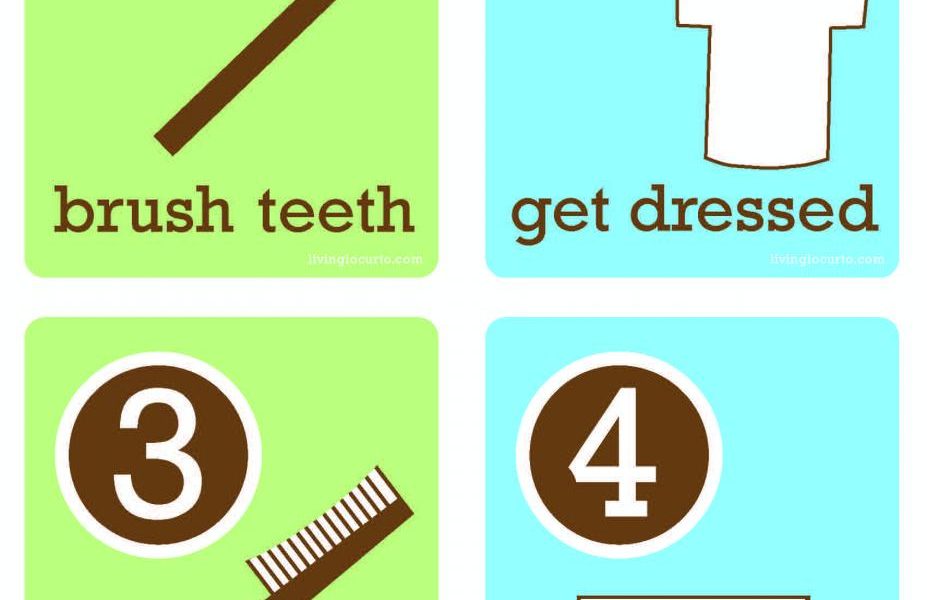
A Good Time to Reflect on Your Parenting
November 29, 2017
Allowance: To Pay or Not to Pay?
December 13, 2017





I was recently looking at a website related to issues with ADHD and Learning Disabilities. I stumbled upon a string of emails from mothers about their children’s bedrooms. They were frustrated with the disarray in the bedrooms, constant fruitless efforts to improve the cleanliness/tidiness of the bedroom, and then expressing feelings that this reflects poorly on them as parents.
I wondered if they were expecting photographers for “House Beautiful” or if the child’s bedroom is usually on display for guests. If you are trying to sell your home, it gets frustrating trying to maintain “tour” conditions with a family.
The disarray in a child’s bedroom does not reflect on your parenting skills. Your priority may be getting homework done, listening patiently when your child talks about school, offering encouragement, making sure a meal is on the table, kids have clean clothes for school, get to bed on time and maybe you also bring home a paycheck or are the chief monitor of the family budget! With that list of responsibilities, toys and dirty clothes on the floor and an unmade bed would not be the place to invest a lot of energy. Keep your priorities in mind.
It can be helpful to set aside a brief amount of time, say 10 minutes, a few times a week to address bedroom cleanliness. Set a timer and make a game of it. In 10 minutes the child could pick up dirty clothes, hang up clothes and put clean clothes away. Another evening, with 10 minutes, they could put books and toys away. Then, on another day, in 10 minutes they could run the sweeper. Breaking the task into smaller increments can make it less overwhelming.
Visual reminders of tasks may be helpful in encouraging independence. Amy Locurto’s blog LivingLocurto.com offers free printable cards that remind children of morning routine tasks. You could make your own visual reminders, with days of the week when each task is to be completed. Then plan to do something fun when the work is done!
Blogger Mary Ann Mulcahey, PhD, shares her expertise in assessment and diagnosis of learning disabilities and ADHD, and the social/emotional adjustment to those issues. If you have questions, please contact Mary Ann at .
